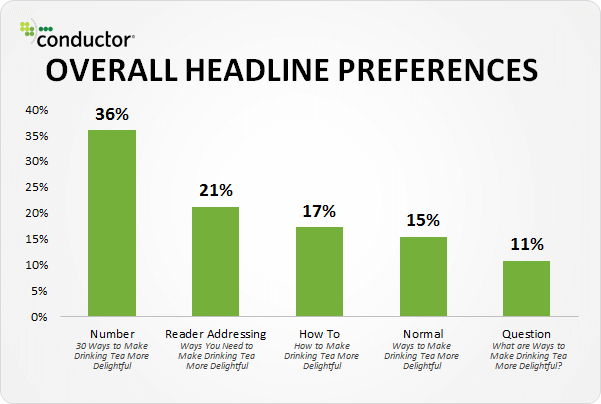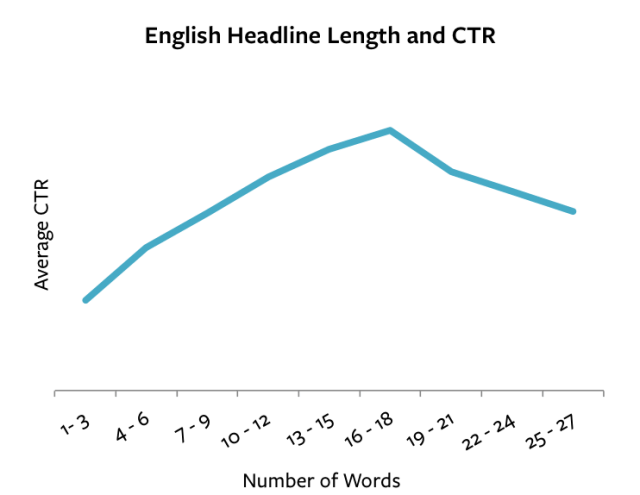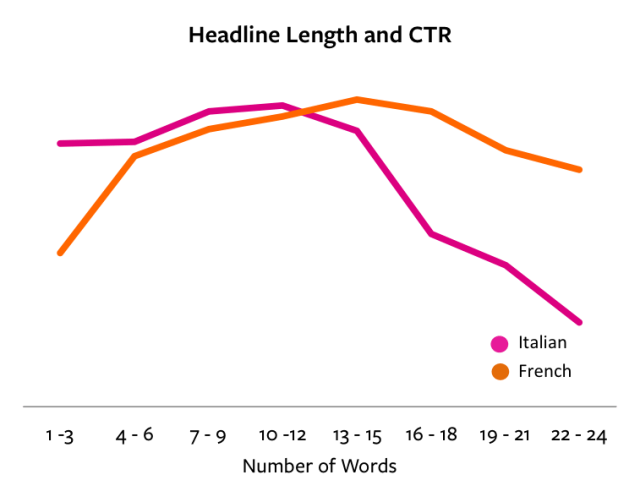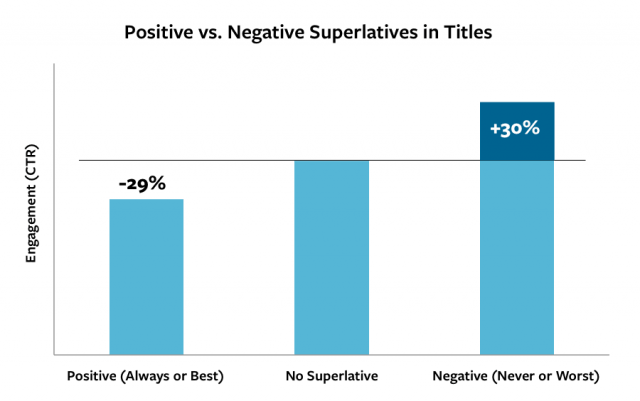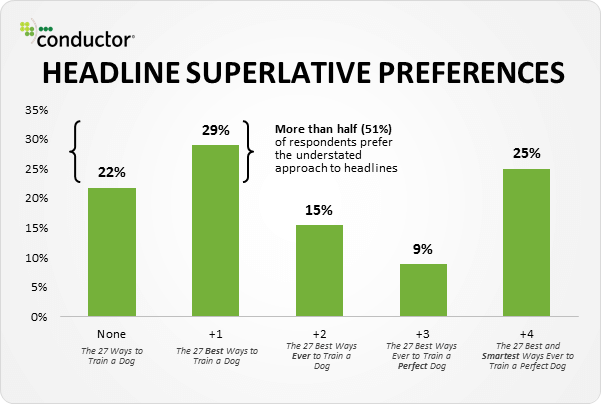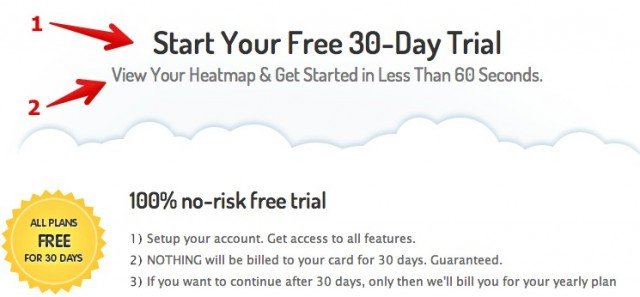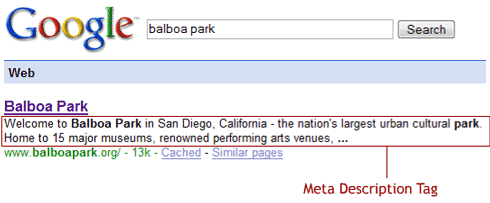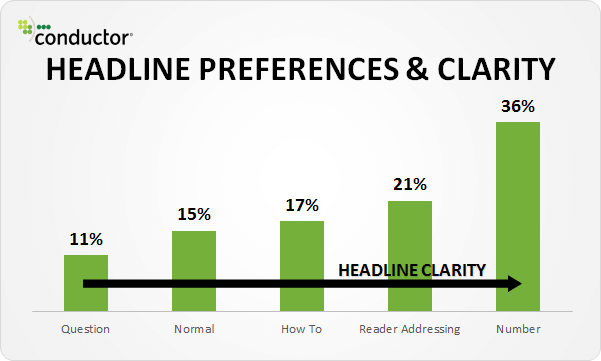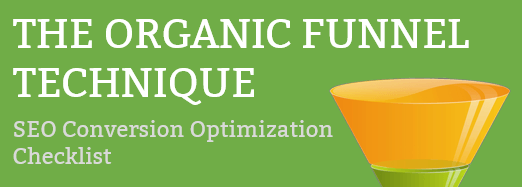
What makes people click on your blog posts? If you think it’s your content, then you’re wrong. The first thing Internet users see are the headline and photo, making these two key components of drawing in readers.
When your blog posts have compelling headlines that scream “click me!”, then you have a better chance of people doing so. However, after the headline, it’s up to you to keep them engaged in the actual content. But to make that first great impression to boost CTR, you’ll first need to learn the five traits of high-performing headlines.
Trait One: Has Numbers in the Beginning
Did you know that headlines that have numbers have an astounding amount of click-throughs? These articles are plastered all around the Internet (just like this article), such as news sites, blogs and even social media networks like Twitter and Facebook. Studies and A-B testing have been performed and what was discovered is that each and every time, headlines that contain numbers were a winner. See for yourself:
To go a little further in this research, The Content Marketing Institute reported that headlines that contain odd numbers had a click-through rate that was 20 percent higher. You can test even and odds to see if it has an effect on your CTR.
Trait Two: Has Between 5-9 or 16-18 Words
The amount of words that you have in your headlines plays a major role in click-through rates. If you’re not careful, your headline could be too long, or not long enough. According to The Guardian, headlines that contained eight words performed the best. There’s no reasoning behind why this is so, but it could have something to do with how the brain functions. For instance, a 1956 psychological study was performed by George A. Miller from Princeton called The Magical Number Seven, Plus or Minus Two: Some Limits on Our Capacity for Processing Information concluded this same thing. The gist of his research was that the average mind was only able to hold 5 or 9 (7 +/- 2) objects in its working memory.
This is complemented by the research conducted by Jakob Nielsen, who found that Internet readers typically scanned Web content, with most attention gearing towards the first and last three words in headlines. What were found to have the most impact, were the first two words and the first 11 characters.
For headlines that are a bit longer, a study done by Outbrain (based on paid links in their network) showed that click-through rates increased around the 16-18 word mark:
The same holds true for other languages, like Italian and French:
But why the major jump from 5-9 to 16-18? It could be because some paid advertisers believe in longer descriptive headlines draw in people, especially those who aren’t familiar with the content or the producer of the content.
Trait Three: Uses Negative Words
For decades, it was believed that headlines that had positive words were better for click-throughs, conversions and shareability. However, in recent analyses, the opposite holds true. An example of positive words is: always, best and most. Negative word examples are: never and worst. To see how the two perform during testing conducted by Outbrain, see below:
To learn more about why this is so, here is the Outbrain study.
Here is another look at positives vs. negatives, and everything else in between:
Trait Four: Has a Beginning and End
Like a story, titles should have a start and a finish. In headline terms, this means using a supporting subtitle. According to CMI (Content Marketing Institute), when a hyphen or colon is placed in a headline for the purpose of a subtitle, it performed 9 percent better than those that didn’t have one.
Here is an example of a headline with a subtitle:
Another way to look at this is similar to how Google uses Meta descriptions beneath headlines:
The next time you go into a grocery store and are waiting in line, notice how magazines use this same concept for headlines on the side of the cover. However, proof is always in the pudding in the Internet marketing world, which is why Timetrade.com tested this out by adding a sub-headline to their main-headline. It saw conversions increase by a whopping 85 percent.
Trait Five: Has Clarity
This is a fairly simple trait that a lot of bloggers overlook. They get caught up in writing headlines that are over-the-top, but sometimes, simple and clear is all that’s needed to increase CTR. Typical headlines use questions, how to, reader addressing and numbers. However, the more specific your title is, the more likely the right people will click on it, thus boosting conversion rates. Keep in mind that people don’t want to guess what they’re about to read, they want to know beforehand.
Combine these Five Traits to Boost Your Conversion Rates
The individual success that has been seen with these headline traits can be enhanced by combining two or more into each of your headlines. The better you get at writing titles, the better your click-through rates will be. Give these a try and let us know how well your posts perform.

